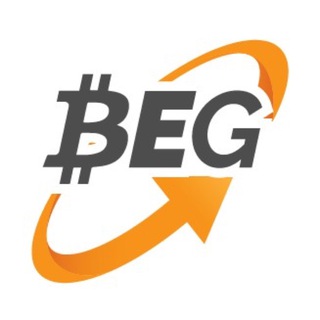Since the deep sell-off last month, a lot of stablecoins have been minted. During this period, the total market supply of stablecoins also hit the $100 billion mark.
The May 19th drawdown that saw Bitcoin price crashing to $30,000 and even lower to $28,000 on some exchanges was a brutal one, wiping out billions of dollars from the cryptocurrency market.
While Bitcoin saw a drawdown of about 54%, altcoins tanked even harder between 60% to 90%.
Ever since the deep rout, the supply of popular stablecoin USDT jumped by about $5 billion to just under $63 billion.
However, it was USDC that had a bigger growth in less than a month. USDC’s market cap jumped by $7 billion to climb to just under $24 billion, as per CoinGecko.
This makes sense given that USDC’s market share has been increasing at a fast pace, currently accounting for nearly 22%, up from 6.6% in June 2020. Tether’s market share, meanwhile, is on a downtrend, at just over 61% from 86% a year back.
 As for DAI, which, unlike fiat-backed USDT and USDC, is crypto-collateralized, it has had its market cap dropping by less than a billion dollars in the subsequent days to the May sell-off. But since then, it has recovered and added to its supply.
DAI is now a $5 billion market cap stablecoin. Interestingly, 52% of the collateral backing DAI is USDC.
This much dry powder can be seen as a bullish sign with people sitting on the sidelines ready to get in. The growth in stablecoin “contributes to price by suppressing yields so people can access leverage with low cost,” noted trader CL of eGirl capital.
However, these stablecoins could also be used to earn higher yields without buying any crypto assets. Degen Spartan noted,
As for DAI, which, unlike fiat-backed USDT and USDC, is crypto-collateralized, it has had its market cap dropping by less than a billion dollars in the subsequent days to the May sell-off. But since then, it has recovered and added to its supply.
DAI is now a $5 billion market cap stablecoin. Interestingly, 52% of the collateral backing DAI is USDC.
This much dry powder can be seen as a bullish sign with people sitting on the sidelines ready to get in. The growth in stablecoin “contributes to price by suppressing yields so people can access leverage with low cost,” noted trader CL of eGirl capital.
However, these stablecoins could also be used to earn higher yields without buying any crypto assets. Degen Spartan noted,
“While it is definitely a gateway drug for some, many others see crypto as an absolute scam and do not want to participate, but will happily earn the higher returns. What was their opportunity cost? The returns of a balanced 60/40 portfolio they don't care about making 100x gains.”This allows the traditional market participants to “take on lower risk for still great returns,” which is akin to selling pickaxes and shovels instead of speculating directly.
 bitcoinexchangeguide.com
bitcoinexchangeguide.com